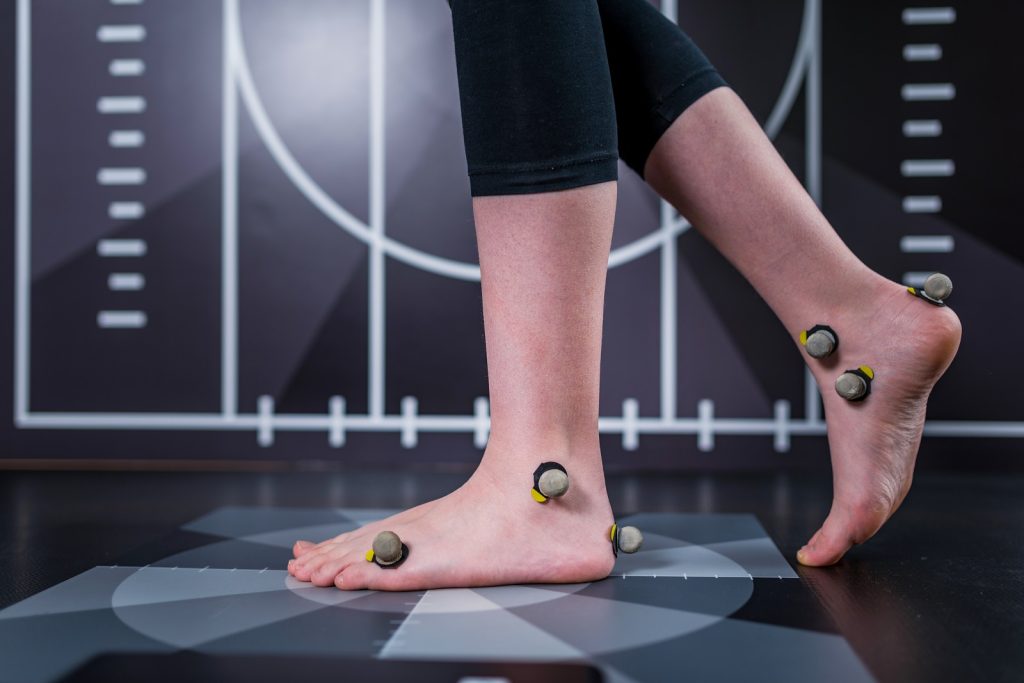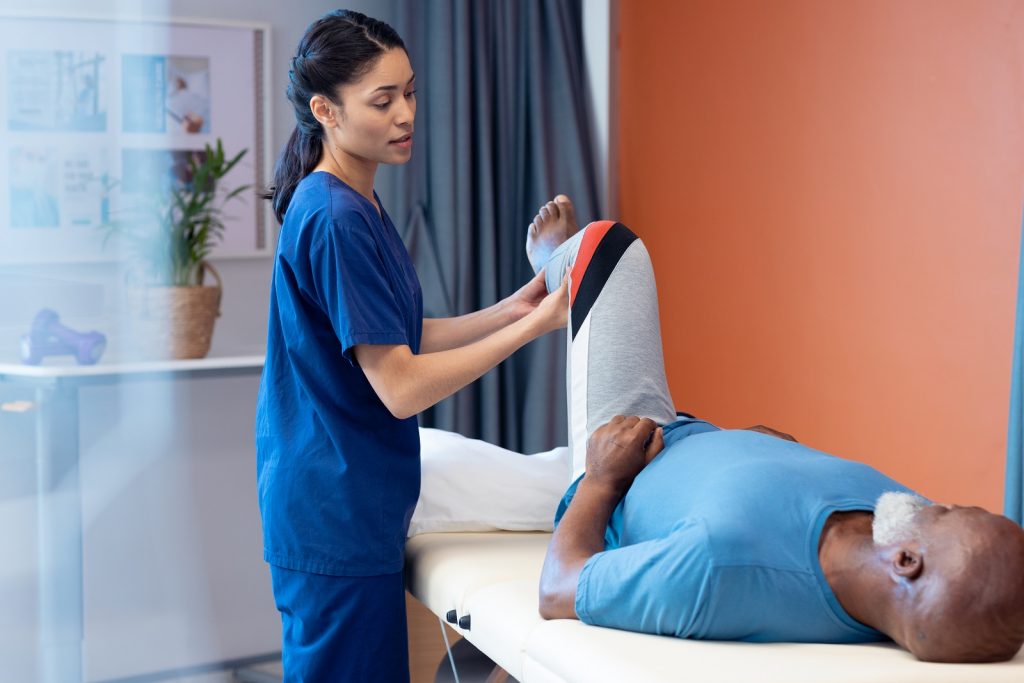Flat Foot
Are you tired of dealing with foot pain and discomfort? If you have been experiencing chronic pain or discomfort in your feet, you may be suffering from a condition called flat foot. Flat foot, also known as fallen arches, is a common foot condition where the arch of the foot collapses, causing the entire sole to come into contact with the ground. This can lead to various problems such as pain, swelling, and difficulty with standing or walking for extended periods.
What is Flat Foot?
Flat foot is a condition where the arches of the feet are flattened, causing the entire sole to come into contact with the ground. In a normal foot, there is an upward curve in the middle of the foot, known as the arch. This arch helps distribute the body’s weight evenly across the foot and provides shock absorption while walking or running. However, in individuals with flat foot, the arch collapses, causing the foot to have a flatter appearance.

Causes of Flat Foot:
Flat foot can be caused by a variety of factors, including:
- genetics, injury, or certain medical conditions.
- In some cases, people are born with flat foot due to an inherited foot structure.
- Other times, flat foot can develop over time due to the weakening of the tendons and ligaments that support the arch.
- Injuries to the foot or ankle can also contribute to the development of flat foot.
- Additionally, certain medical conditions such as arthritis or diabetes can increase the risk of developing flat foot.
Types of Flat Foot:
There are two main types of flat foot: flexible flat foot and rigid flat foot.
- In flexible flat foot, the arch is visible when the foot is not bearing weight, but it flattens when weight is placed on it. This type of flat foot is more common in children and usually does not cause any pain or discomfort.
- On the other hand, rigid flat foot is characterized by a permanently flattened arch, even when the foot is not bearing weight. This type of flat foot is less common and can cause significant pain and difficulty with walking or standing.
Symptoms of Flat Foot:
The symptoms of flat foot can vary depending on the individual and the severity of the condition. Some common symptoms include:
- Pain and tenderness along the inner side of the foot, swelling, difficulty standing or walking for extended periods, and an outward tilting of the heel.
- In some cases, flat foot can also cause pain in the ankles, knees, hips, or lower back, as the misalignment of the foot can affect the alignment and function of other joints in the body.
Diagnosis of Flat Foot:
If you suspect that you have flat foot, it is important to consult with a healthcare professional for an accurate diagnosis.
- During a physical examination, the healthcare professional will assess the appearance and structure of your feet, as well as evaluate your gait and range of motion.
- They may also order imaging tests such as X-rays or MRI scans to get a more detailed view of the bones and soft tissues in your feet.
Treatment Options for Flat Foot:
The treatment for flat foot will depend on the severity of the condition and the symptoms you are experiencing.
- In mild cases, conservative measures such as rest, ice, and over-the-counter pain medications can help alleviate pain and discomfort.
- Physical therapy exercises that focus on strengthening the muscles and improving the flexibility of the feet and ankles may also be beneficial.
- In more severe cases, custom orthotic devices or shoe inserts may be prescribed to provide additional support and help maintain the arch.
- In rare cases where conservative measures are not effective, surgery may be considered to correct the alignment of the foot.
Exercises and Stretches for Flat Foot:
Regular exercises and stretches can help strengthen the muscles in the feet and ankles, improve flexibility, and alleviate symptoms of flat foot. Here are a few exercises and stretches that you can incorporate into your daily routine:
- Toe curls: Sit on a chair with your feet flat on the ground. Curl your toes inward, trying to grab the floor with them. Hold for a few seconds and then release. Repeat 10-15 times.
- Arch lifts: Stand with your feet hip-width apart. Slowly lift your arches, pushing up onto the balls of your feet. Hold for a few seconds and then lower back down. Repeat 10-15 times.
- Calf stretches: Stand facing a wall, with one foot in front of the other. Place your hands on the wall for support. Keeping your back leg straight and your heel on the ground, lean forward until you feel a stretch in your calf. Hold for 30 seconds and then switch sides. Repeat 3-5 times on each side.
Remember to start slowly and gradually increase the intensity and duration of the exercises as your strength and flexibility improve. If you experience any pain or discomfort during the exercises, stop and consult with a healthcare professional.
Prevention and Lifestyle Tips for Flat Foot:
While flat foot cannot always be prevented, there are steps you can take to reduce the risk of developing the condition or alleviate symptoms:
- Maintain a healthy weight to reduce the strain on your feet.
- Wear supportive shoes that fit properly and provide good arch support.
- Avoid activities that put excessive stress on your feet, such as high-impact sports or activities that involve prolonged standing or walking on hard surfaces.
- Incorporate exercises and stretches for the feet and ankles into your daily routine to improve strength and flexibility.
- If you have a job that requires prolonged standing, take regular breaks to rest and stretch your feet.

Contact Us
For more information or to schedule a consultation with Dr. Burhan, please contact us today. Our team of specialists is dedicated to diagnosing and treating flat feet with personalized care plans tailored to your specific needs. We are here to help you find relief from discomfort and improve your foot function. Don’t let flat feet impact your daily life—get in touch with us now to start your journey to recovery.


